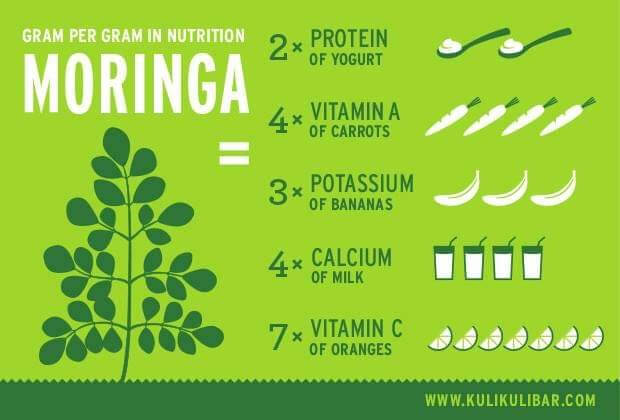
Moringa Tree Use in Dairy cattle
One such ideal fodder tree for ruminants is Moringa (Moringa oleifera L.), popularly known as “drumstick tree” for its pods. This fast-growing tree native to Indian subcontinent is grown throughout the tropics for multi-purpose use viz. human food, livestock forage, medicine values, dye, water purification, and for its wide adaptability and ease of establishment. It is a hardy tree which is drought tolerant and can withstand diverse temperature range, grows in different types of soil and has fast and vigorous growth. The leaves have high protein content with various essential amino acids. In addition to various essential minerals present in the tree, healing properties and health benefits are also associated with this tree. These qualities packaged into a single tree may justify Moringa being termed as ‘Miracle tree’. Besides being used for human consumption the leaves of this tree have been reported to be used as major component in animal feed/fodder.
Moringa outperforms all other crops in biomass production and single planting lasts for 8-9 years. It can be grown as hedge, fence, and multi-cut forage, etc. From one ha land under Moringa, the nutrients harvested shall include the following (Source: CIRG, Mathura):
650 MT of green mass, equivalent to 130(20%) MT of dry mass.
17.5 MT of pure protein.
7 MT of lipids, with 65% being omega-3 fatty acids.
10 MT of fermentable sugars.
Approximately 8 MT of starch.
Approximately 45 MT of hemicellulose and cellulose.
All these factors may make Moringa leaves and green stems very attractive and inexpensive as a source of animal feed.
Moringa offers a good alternative source of protein with over 20% crude protein in leaves to humans and ruminants wherever they thrive (Nouala et al., 2006). There has been an increasing interest in the use of Moringa as a protein source for livestock (Asaolu et al., 2009; 2010). Laboratory analysis (Makkar & Becker 1997; Asaolu, 2009) showed negligible amounts of tannins (1 to23 g/kg) in all fractions of the Moringa oleifera plant and high levels of sulphur-containing amino acids. Macronutrients like P, K, Ca, and Mg play key roles in balancing the physiological, metabolic, and biochemical processes of livestock. Moringa leaves contain high amount of macronutrients Mg and K, and can be effectively used to fulfill the dietary and nutritional requirements of livestock animals by mixing of Moringa leaves. Moringa leaves contain a good amount of beta-carotene, vitamin C, calcium, magnesium and iron
0.03Since Moringa leaves are rich in protein, so can be used as a fodder for milch animals and other animals like goats. 92% of protein found in Moringa is digestible. Rather, its leaves contain much higher protein than conventional protein supplements like coconut meal, cotton seed cake, ground nut cake, sesame cake, sunflower cake etc. Leaves also contain 8-9% lipids which are rich in Omega-3 fatty acids. Besides these, the leaves possess antioxidant and antimicrobial properties against several fungal species such as E. coli, S. arous, P. aeruginosa, and B. cereus.
There is growing interest/awareness among the Moringa growers across the globe including India for adoption of latest techniques for commercial cultivation of Moringa and technologies for preparing animal feed from Moringa. The Central Institute for Research on Goats (CIRG), Mathura (UP) has undertaken extensive research on Moringa both for its commercial cultivation and using it as animal feed, particularly for goats. This bankable model scheme explores the possibilities for use of Moringa as a major component of animal feed. In the present bankable model, recommendations of the CIRG, Mathura for Moringa and the views of the Moringa growers and entrepreneurs using Moringa leaves for animal feed preparation has been taken into consideration.
View Article Here

